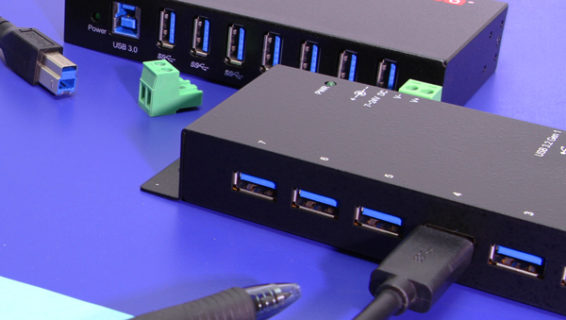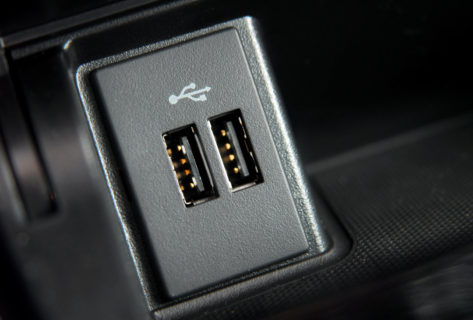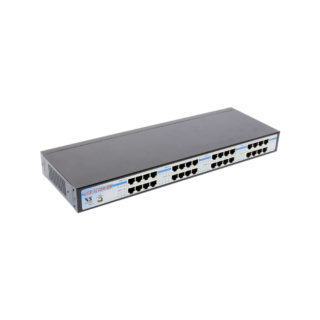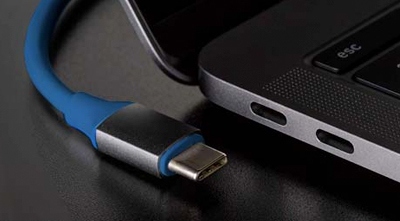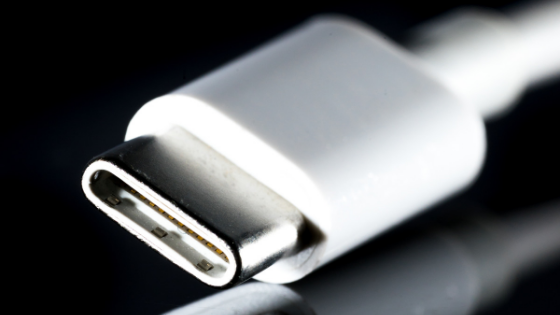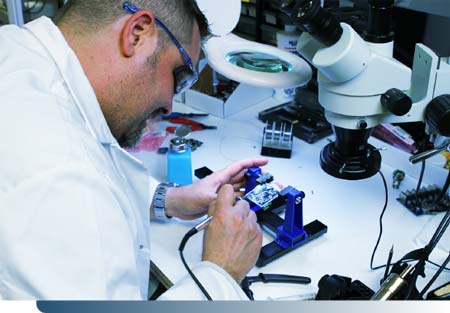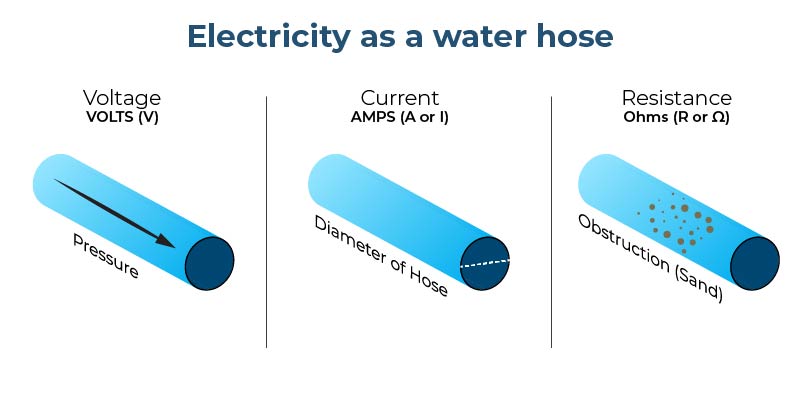Electricity powers much of our daily lives, from the devices we use to the systems that keep our homes running. However, understanding how electricity works can sometimes be confusing. Two key terms often mentioned in this context are volts and amperage (amps). In this article, we’ll break down these concepts in simple terms, using relatable analogies to help you grasp their meaning and importance. We’ll also discuss how newer technologies, such as USB Power Delivery (PD), enhance charging capabilities through features like EPR (Extended Power Range) and PPS (Programmable Power Supply).
What is Voltage (Volts)?
Voltage is like the pressure in a water hose. Imagine you have a garden hose connected to a water supply. If you turn on the faucet, water flows through the hose. The pressure of the water in the hose is similar to voltage in an electrical circuit.
- Definition: Voltage, measured in volts (V), is the force that pushes electrical charges (electrons) through a circuit.
- Everyday Example: When you plug in a device, the voltage tells it how much “push” it has to work. For instance, most household outlets provide 120 volts in the U.S., which is sufficient to power lamps, televisions, and other appliances. However, modern devices, especially smartphones and laptops, often operate at different voltage levels, such as 5V, 9V, or even 20V.
What is Current (Amperage)?
Amperage, or current, is the flow of electricity through a wire, measured in amperes (A) or amps. If we stick with our garden hose analogy, think of amperage as the amount of water flowing through the hose.
- Definition: Current represents how many electrical charges are moving through the circuit at any given time.
- Everyday Example: When you use a device, the current tells you how much electricity is being used. For example, a smartphone charger might draw around 2 amps of current while charging your phone.
Power Delivery and Its Innovations
USB Power Delivery (USB PD) is a technology that allows devices to negotiate power requirements over a USB connection, enabling faster and more efficient charging. Here’s how it enhances the traditional voltage and amperage relationship:
- Standard Power Delivery: USB PD can provide up to 100 watts (W) of power, accommodating a wide range of devices from smartphones to laptops. This is achieved by adjusting voltage and current dynamically.
- Extended Power Range (EPR): Introduced with USB PD 3.1, EPR allows for power delivery up to 240W by enabling higher voltage levels (up to 48V). This is particularly beneficial for high-performance devices that require more power, such as gaming laptops and workstations.
- Programmable Power Supply (PPS): PPS is a feature that allows devices to negotiate specific voltage and current levels dynamically. For instance, a device can request a lower voltage when it’s partially charged to reduce heat and increase efficiency. This adaptability leads to:
- Improved Efficiency: By adjusting power levels in real-time, PPS minimizes energy loss during the charging process.
- Battery Longevity: Reducing the stress on the battery helps prolong its lifespan by avoiding overheating.
- Versatile Charging: Devices with varying power requirements can be charged using the same charger, making it easier to use a single power source for multiple devices.
| Feature | Standard USB PD (2.0/3.0) | USB PD with EPR (3.1) | PPS (Programmable Power Supply) |
|---|---|---|---|
| Maximum Voltage | Up to 20V | Up to 48V | Up to 21V |
| Maximum Current | Up to 5A | Up to 5A | Dynamically adjusted up to 5A |
| Maximum Power | 60W (Standard) 100W (E-Marker) | 240W | Up to 100W |
| Use Cases | Smartphones, tablets, standard laptops | High-performance laptops, gaming laptops, monitors, workstations | Optimized charging for smartphones and laptops with reduced heat and increased efficiency |
| Cable Requirements | Standard USB-C cable | EPR-certified USB-C cable | Standard USB-C cable |
| Efficiency Features | Standard dynamic voltage | Advanced efficiency for high power | Real-time voltage and current adjustments to minimize heat |
| Introduced In | USB PD 2.0/3.0 | USB PD 3.1 | USB PD 3.0 |
Practical Applications of Volts and Amps
Understanding volts and amps is essential in everyday life, especially when it comes to using electrical devices safely and efficiently. Here are a few key points to consider:
- Choosing the Right Devices: When selecting electrical devices, always check their voltage and amperage ratings. Using a device with the wrong voltage can damage it or cause safety issues. Our devices are designed with specific voltage inputs, such as 5V for standard USB chargers, but they can also support higher voltages with USB PD, allowing for efficient charging of more powerful devices.
- Safety First: Know your circuit’s limits. For example, household circuits are usually rated for 15 or 20 amps. If you try to connect too many devices that draw more current than the circuit can handle, you risk overheating and potentially causing a fire.
- Calculating Power Consumption: To understand how much electricity a device uses, you can calculate its power consumption using the formula:
Power (P) = Voltage (V) × Current (I)
For example, if you have a lamp that operates at 120 volts and draws 1 amp of current, its power consumption is:
P = 120V × 1A = 120W
This means the lamp uses 120 watts of power.
Conclusion
Understanding volts and amperage doesn’t have to be complicated. By using simple analogies and practical examples, you can grasp these essential concepts of electricity. With the advancements in technologies like USB Power Delivery, EPR, and PPS, charging devices have become more efficient and flexible. With this knowledge, you can make better decisions about the devices you use, ensure safety in your home, and optimize your energy consumption. Whether you’re charging your phone or setting up a new appliance, knowing how volts and amps work can help you navigate the world of electricity with confidence. Always remember to check the voltage input requirements of your devices to ensure safe and efficient operation.

